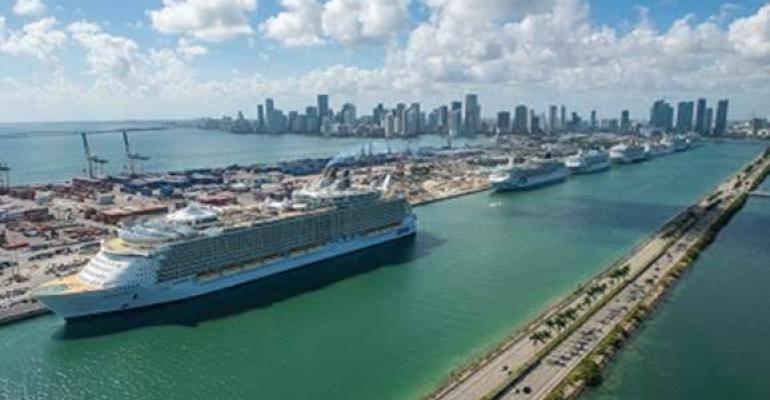These grants, totaling more than $2.2b for this fiscal year, aim to invest in infrastructure that promotes safety, equity and strong critical supply chains.
'Investing in America's seaports is critical because estimates show their long-term return on investment is significant, bringing in $2 or as much as $3 for every single dollar spent,' said Chris Connor, president and CEO, American Association of Port Authorities.
On behalf of the industry, Connor thanked Congress, Transportation Secretary Pete Buttigieg and the staff at the Department of Transportation, 'with whom we work closely, for these much-needed RAISE grants benefitting not only our ports, but also the intermodal assets including bridges, roads and railways that serve ports.'
PortMiami
PortMiami, for example, received $5m to complete portions of a master plan to continue its net zero program. The plan aims for the port to achieve carbon neutrality, construct two inland cargo centers and reduce fossil fuel use.
And the Puerto Rico Port Authority was awarded $3m to fund a feasibility study and other preparatory initiatives related for the improvement of Avenue C, a roadway link and the only connection to the port's eastern wharves. This design will improve the efficiency of cargo operations and environmental impacts.
According to AAPA, this year's awards are split equally between rural and urban areas and almost three-quarters of the grants were awarded to projects in impoverished or historically disadvantaged areas.
Copyright © 2024. All rights reserved. Seatrade, a trading name of Informa Markets (UK) Limited.
Add Seatrade Cruise News to your Google News feed.  |

